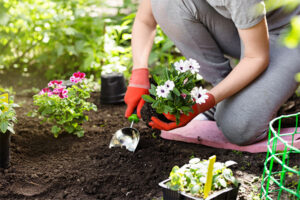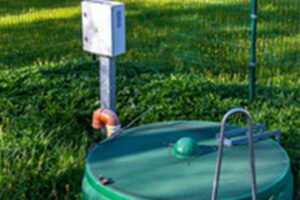
They’re here! We’ve got the spring planting tips you’ve been looking for to prepare your garden for a summer full of blooms. Here are our top four planting preparation tips for spring.
Tip #1: Get Organized!
One of the best prep tips is to start your spring planting prep with a little organization. First, check your supplies and restock what you need, especially soil and fertilizer. Then prep your tools so they’re ready to work. Now is also a great time to set up any raised beds or planters you want to add this year.
Tip #2: Clear the Clutter
Winter weather can bring in all kinds of stuff to mess with your planting progress. Weeds, mulch, sticks, leaves, and other debris can clutter your gardening space and slow you down. Clear out everything that covers the soil so you can plant unencumbered by the mess.
Tip #3: Prep the Soil
Don’t skip this step! Proper soil preparation is critical to your planting success. Winter weather, including the moisture and the cold, leads to compacted soil that is hard to dig in and makes it hard for roots to thrive. Loosen or till the soil down to about 14”. Mix in mulch left from last summer and add some compost to create a bed full of nutrients ready to retain moisture.
Tip #4: Check Your Irrigation
Don’t neglect your sprinkler system this spring. You don’t want to get your planting done only to find that you have issues with irrigation, such as leaks, broken sprinkler heads, or problems getting water to your desired areas. A landscape professional can help get it all back online if you do.
Proper prep for your spring planting helps ensure your garden thrives this summer. Contact W.P. Law today for more spring planting tips and all the landscaping support, including irrigation, to help keep your garden growing strong.









